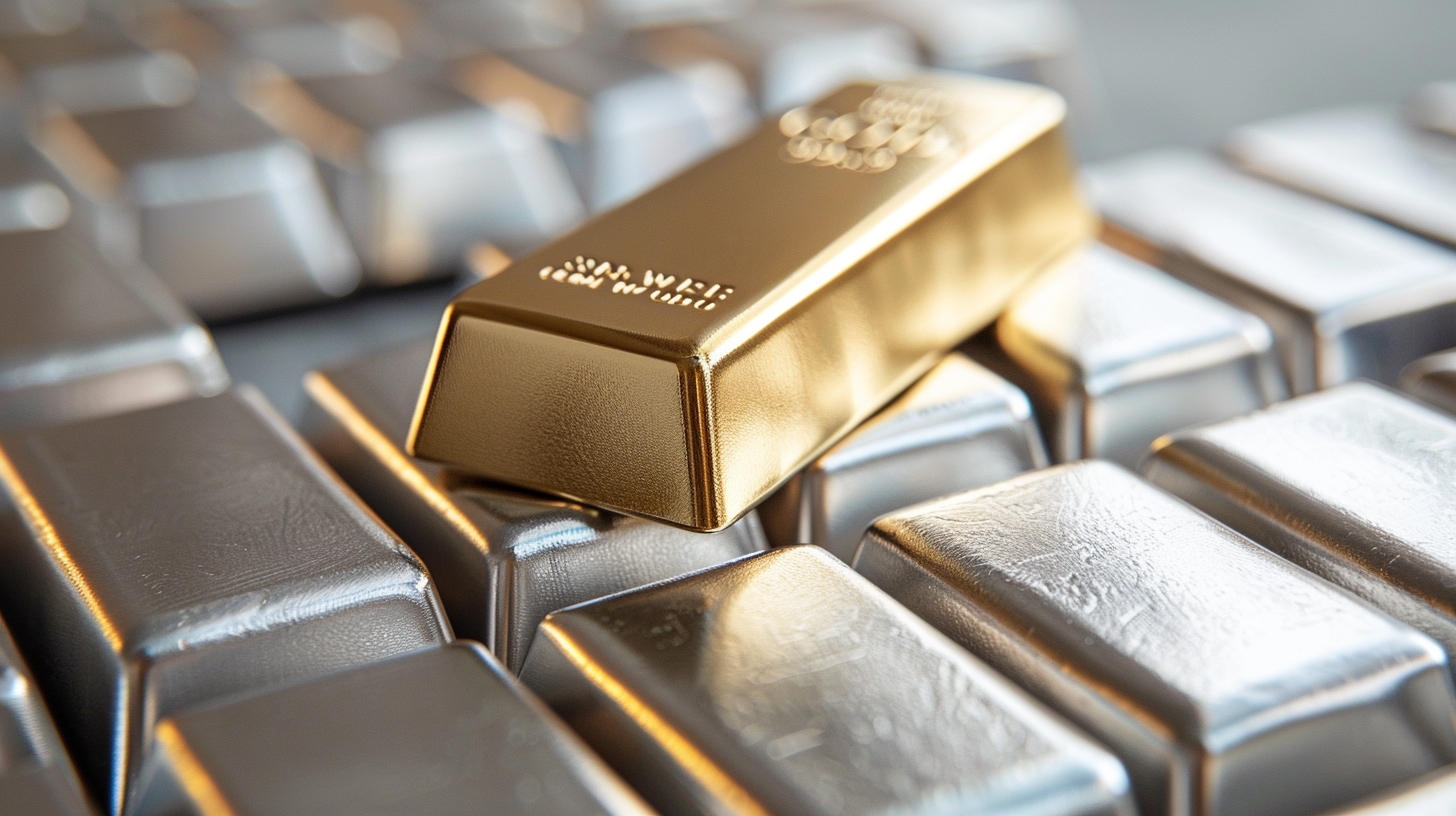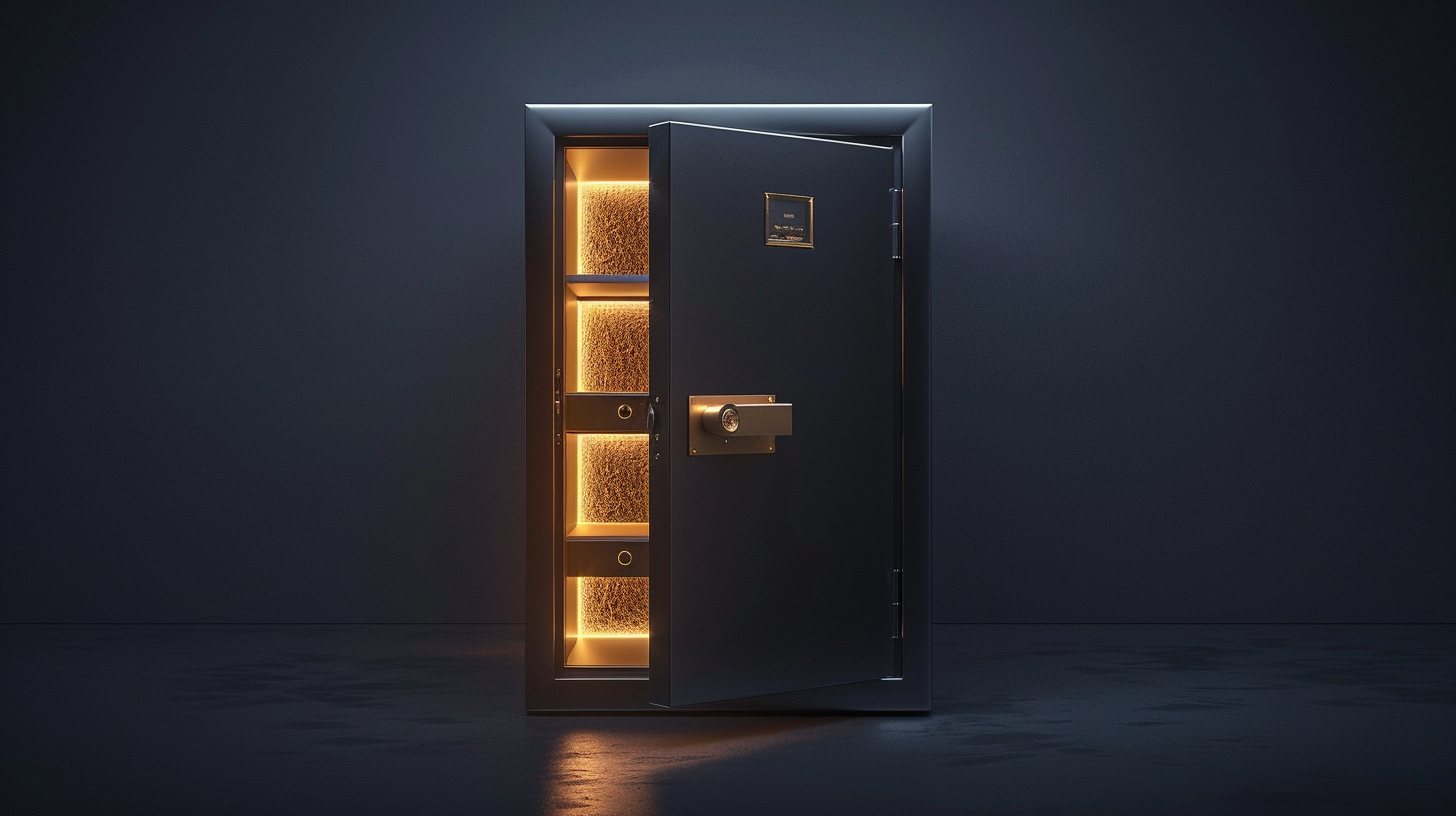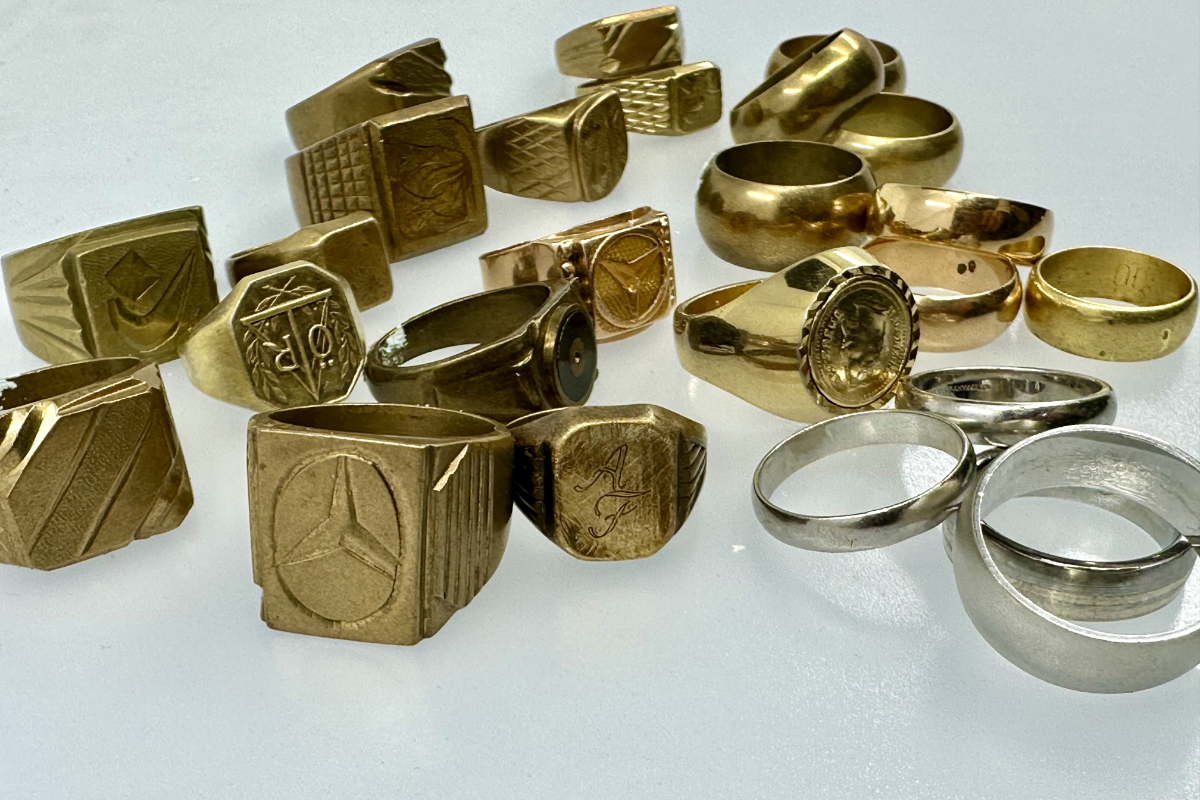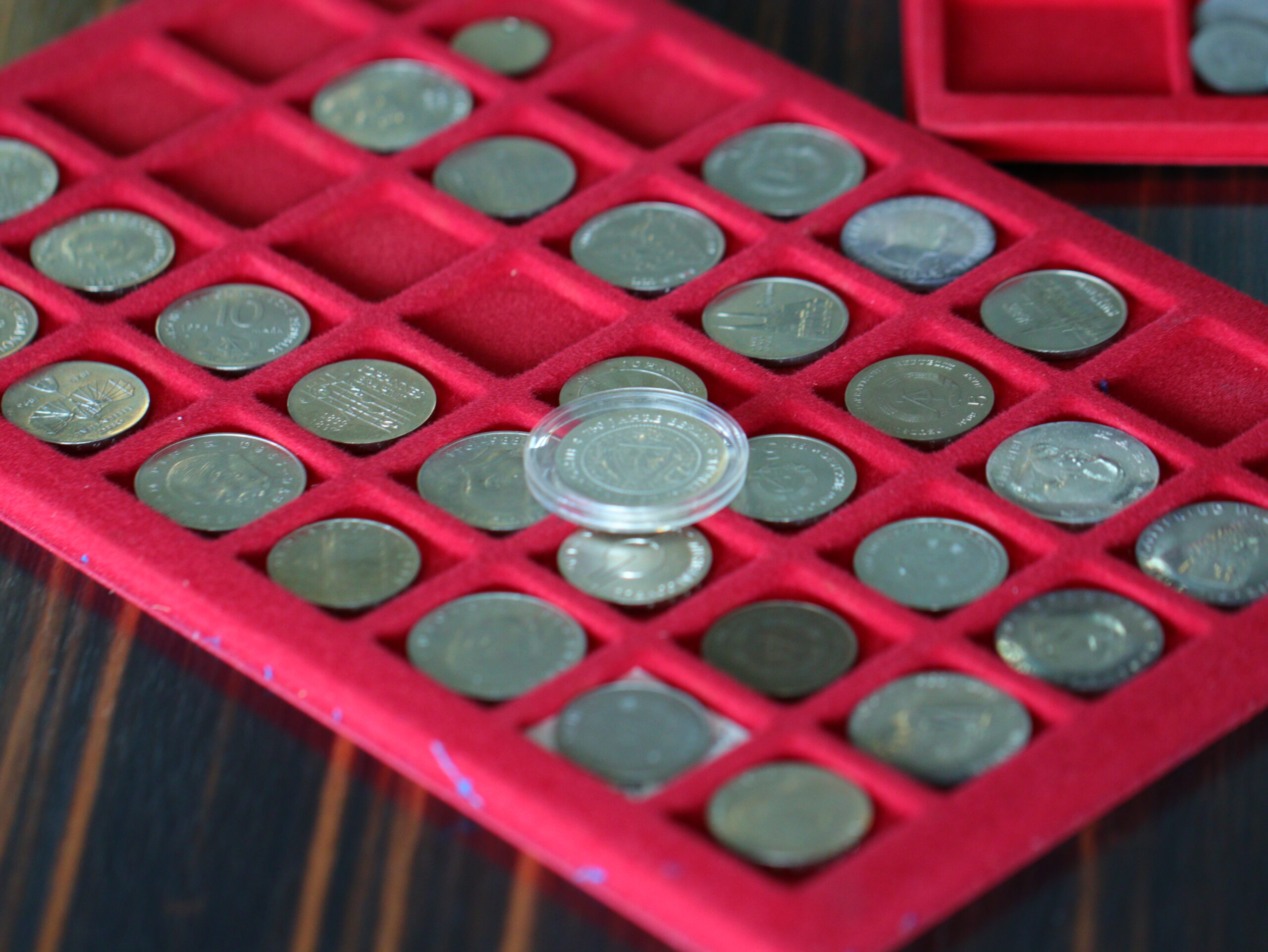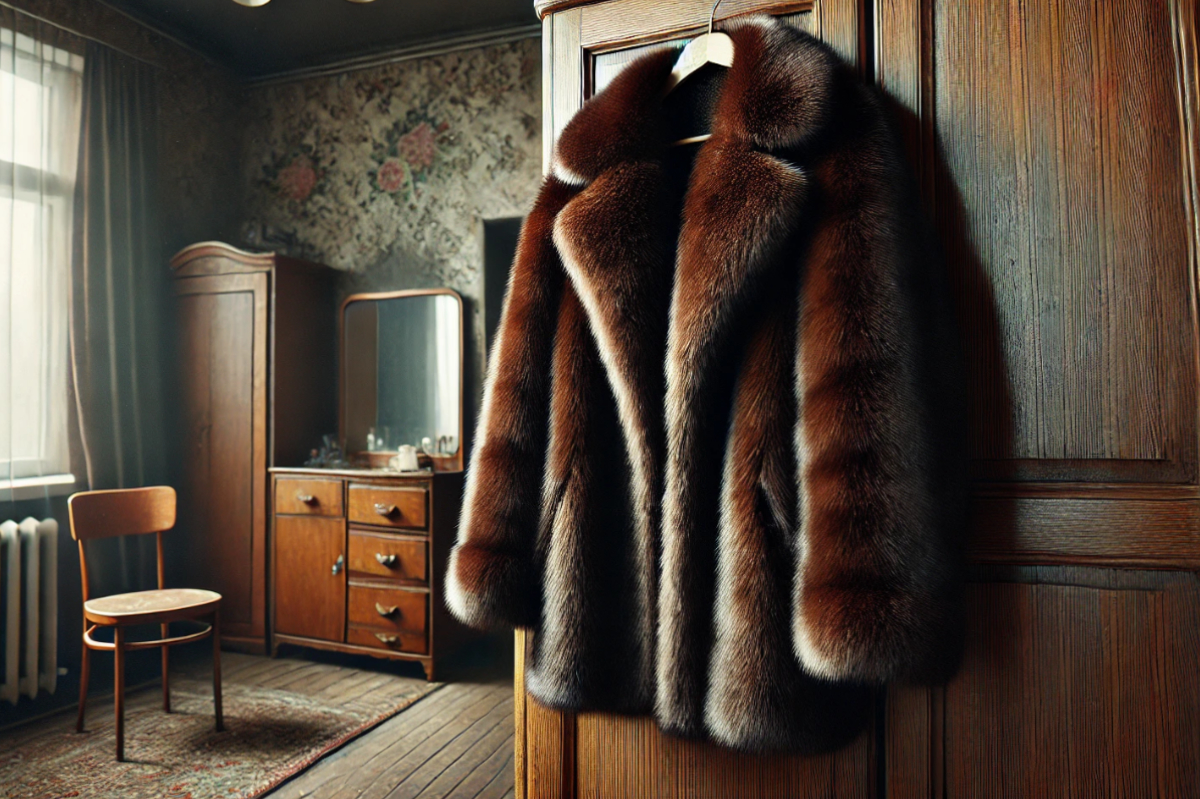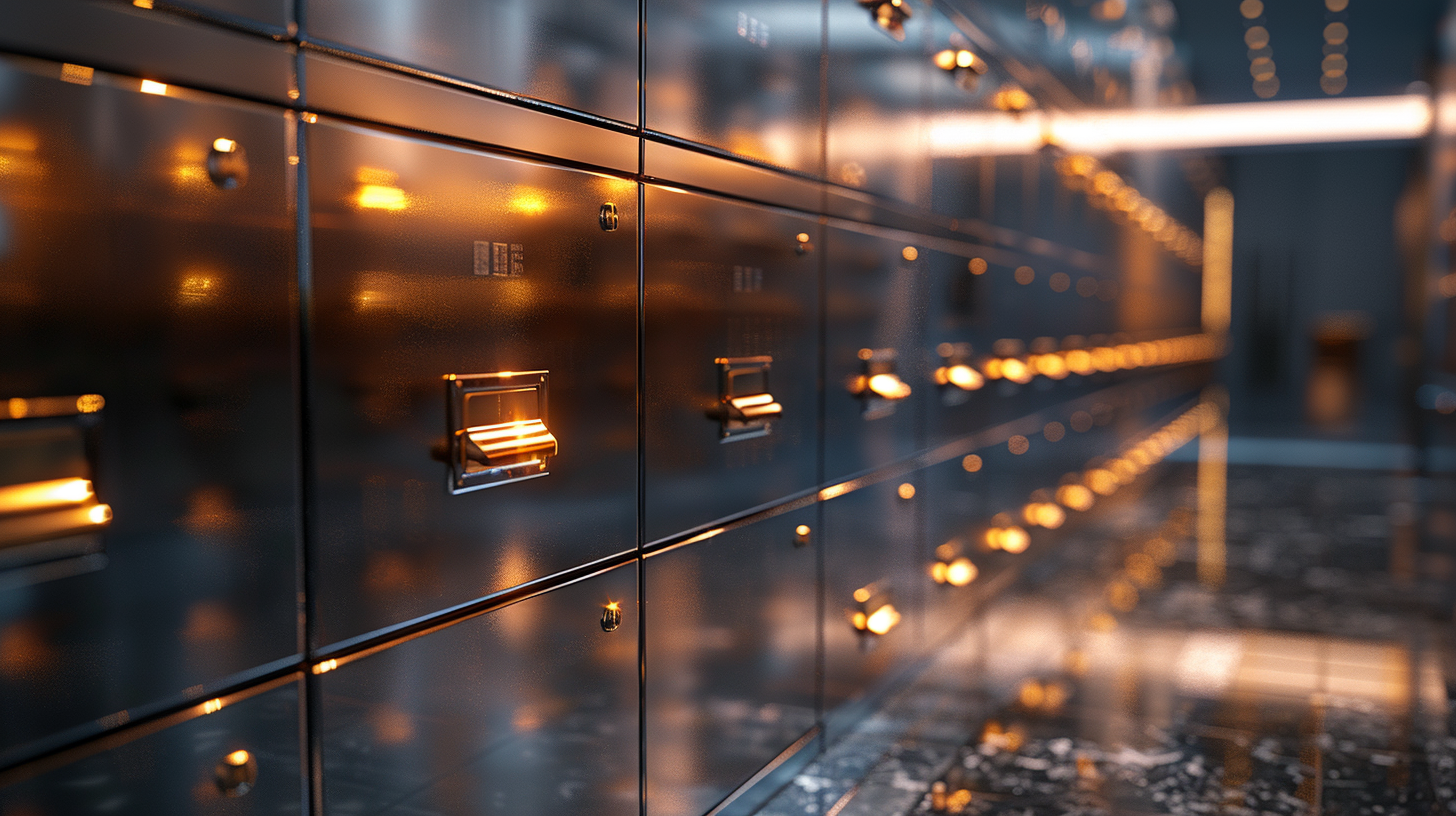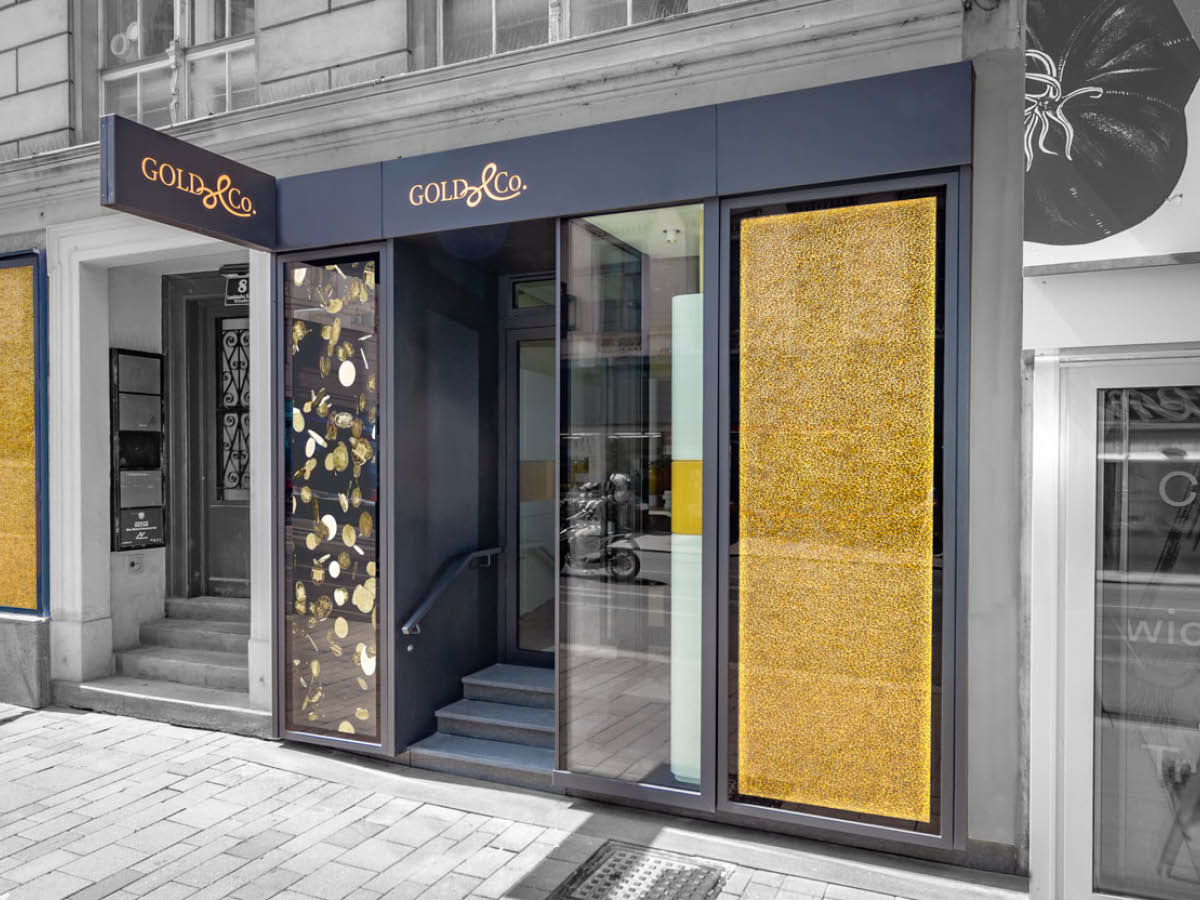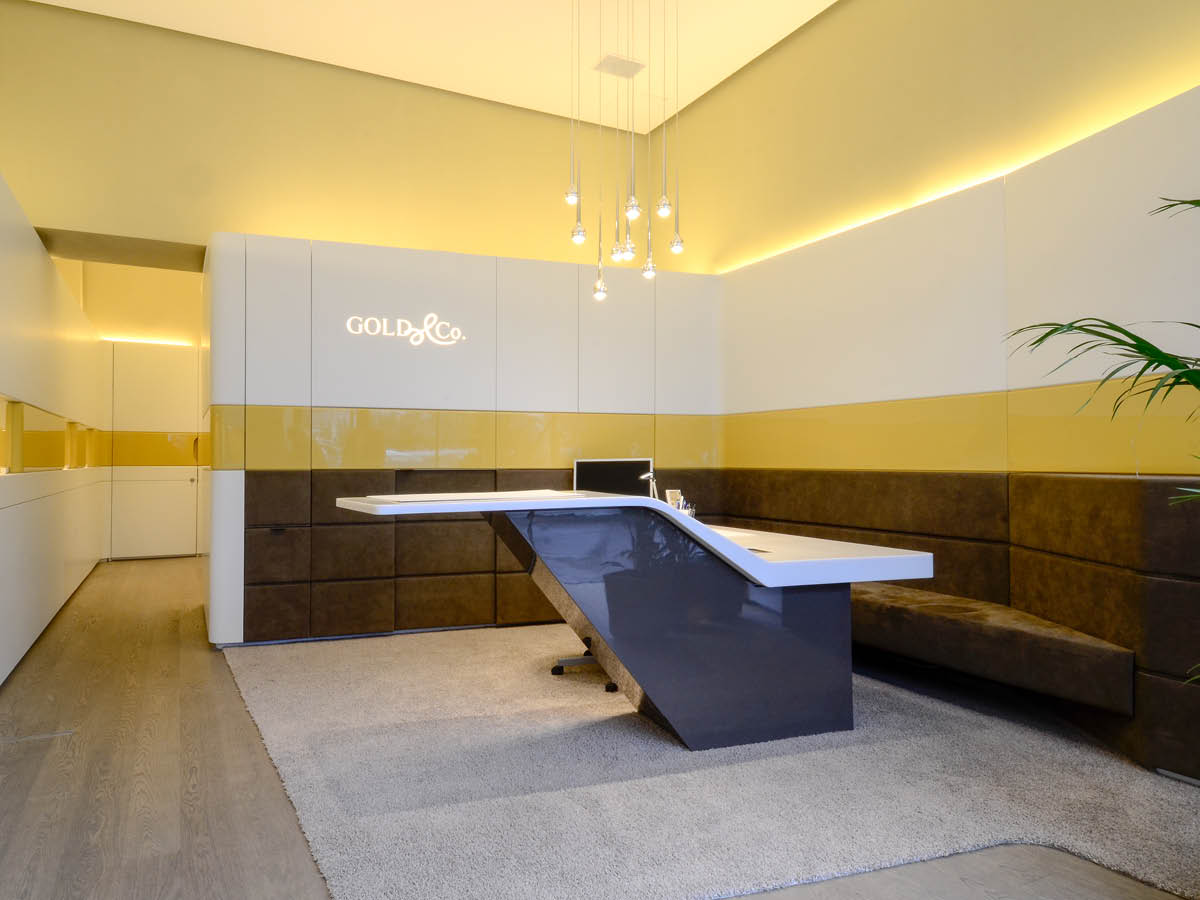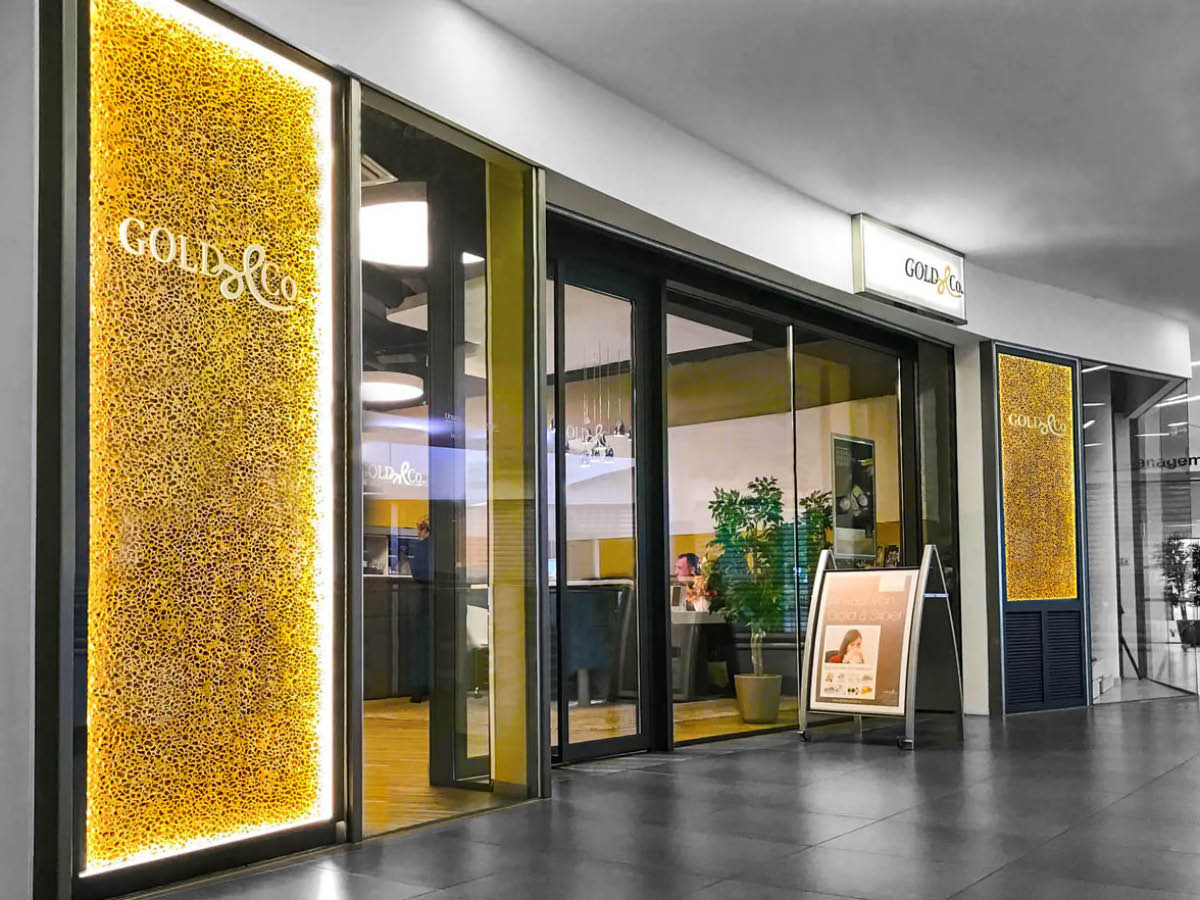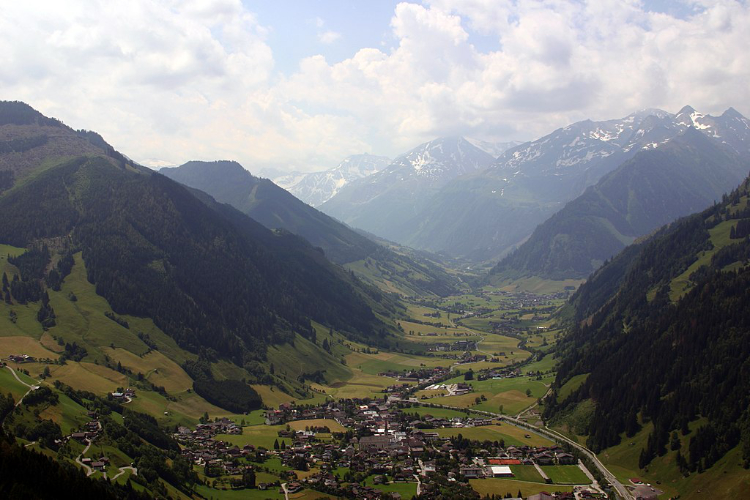
Austria's gold deposits
Gold has fascinated mankind for thousands of years and has always stood for power and wealth. The value of gold is primarily based on its rarity. Finding gold is not easy and mining the precious metal is costly and laborious.
Today, gold is mainly mined in China, Australia, Russia, the USA, Canada and South Africa. Austria does not appear in any statistics on gold mining. But there are also gold deposits in Austria. The Celts and Romans already mined gold in Austria, later gold was discovered near Rauris in the Gastein Valley and near Fusch on the Grossglockner Road, which was then also mined in the Middle Ages from around the year 1300. Geologists believe that there are still several hundred tons of gold in the Austrian Alps today. In the Goldberg group in the Hohe Tauern alone - the name is no coincidence - gold deposits of around 120 tons are said to be hidden.
Gold mining in Austria

The 14th century saw the first real gold rush in the Hohe Tauern. The center was Rauris and the surrounding valleys, where gold was extracted from the earth in numerous "official" and illegal mines. It is said that - before the discovery of the New World - 10% of the gold mined worldwide came from the mines in Rauris. Between 1450 and 1570, around 830 kilograms of pure gold are said to have been mined there, bringing enormous wealth to the Archbishopric of Salzburg, which ruled the area at the time.
But it is not only in Rauris, but also in many other Alpine valleys in Carinthia, Salzburg and Tyrol that gold mines can be found today, which were driven into the mountains in search of gold, especially in the Middle Ages. Centers of gold mining included the Gastein Valley and the Mur Valley in Salzburg, Hainzenberg in Tyrol and the Pöllatal, Gailtal, Gitschtal and Lavanttal valleys in Carinthia, where the Romans probably already mined the valuable precious metal.
By the 19th century at the latest, however, most of the gold mines closed because it was simply no longer profitable to mine the gold. After the annexation of Austria in 1938, attempts were made to reactivate gold mining in the Rauris Valley, but the project was abandoned in 1940. In the 1980s, a US company planned to invest in gold mining in the Hohe Tauern. However, as the area is now located in the heart of the Hohe Tauern National Park and the mining would have involved moving enormous amounts of rock and using toxic chemicals, no permit was granted.
The last time a British mining company carried out test drilling in Salzburg's Lungau region was in 2011, before the plan to mine gold there was discontinued in 2015 due to the level of investment required (40-50 million euros).
Gold panning in Austria
In addition to mining in mines - in open-cast mines or underground tunnels - gold can also be found in rivers. Gold can be found almost everywhere when panning for gold in Austria's rivers. However, gold seekers should abandon any hopes of finding large gold nuggets, as the gold found in Austrian rivers and streams is placer gold (also known as wash gold). It consists of tiny gold flakes that are washed out of the rock by the water and are only a few millimeters in size.
This tiny flake of gold has to be painstakingly separated from the rock and sand in several stages during gold panning until the tiny gold flakes can finally be washed out of the remaining sediment using a gold panning pan. Because on average there are only around 0.3 grams of gold per ton of rock in Austria, no one can make a living from it today, so gold panning in Austria has become a hobby and a leisure activity for tourists.
In earlier times, however, gold was mined in almost all larger and smaller rivers in Austria. In addition to the rivers and streams in the above-mentioned Alpine valleys, gold was also panned in Salzburg, Upper Austria and Lower Austria until the beginning of the 20th century. It was mainly farmers and poorer sections of the population who dug for gold to earn a sideline. The last full-time gold panner in Austria was Hans Schabauer, who ran a winding shaft with a winding tower and a gold panning plant in Rauris until 1962 and was at least able to make a decent living from gold panning alone.
Austria's gold
Even though the rise in the price of gold has prompted people to consider mining Austria's gold deposits again, the gold seems to be staying in the mountains for the time being, as mining is currently not economically viable and ecologically unacceptable. If you want to find gold in Austria yourself, you can try your hand at gold panning and learn how to pan for gold in a gold panning course offered by one of the many providers in the Austrian Alps. If, on the other hand, you don't want to go to so much trouble and simply want to own a piece of gold yourself, the best place to go is Gold & Co, where the valuable precious metal can easily be bought in the form of bars and gold coins.
If you would like to find out more about the history of "Gold in Austria", we recommend the book of the same name by Georg Lux and Helmuth Weichselbraun, which is also available from Gold & Co.


